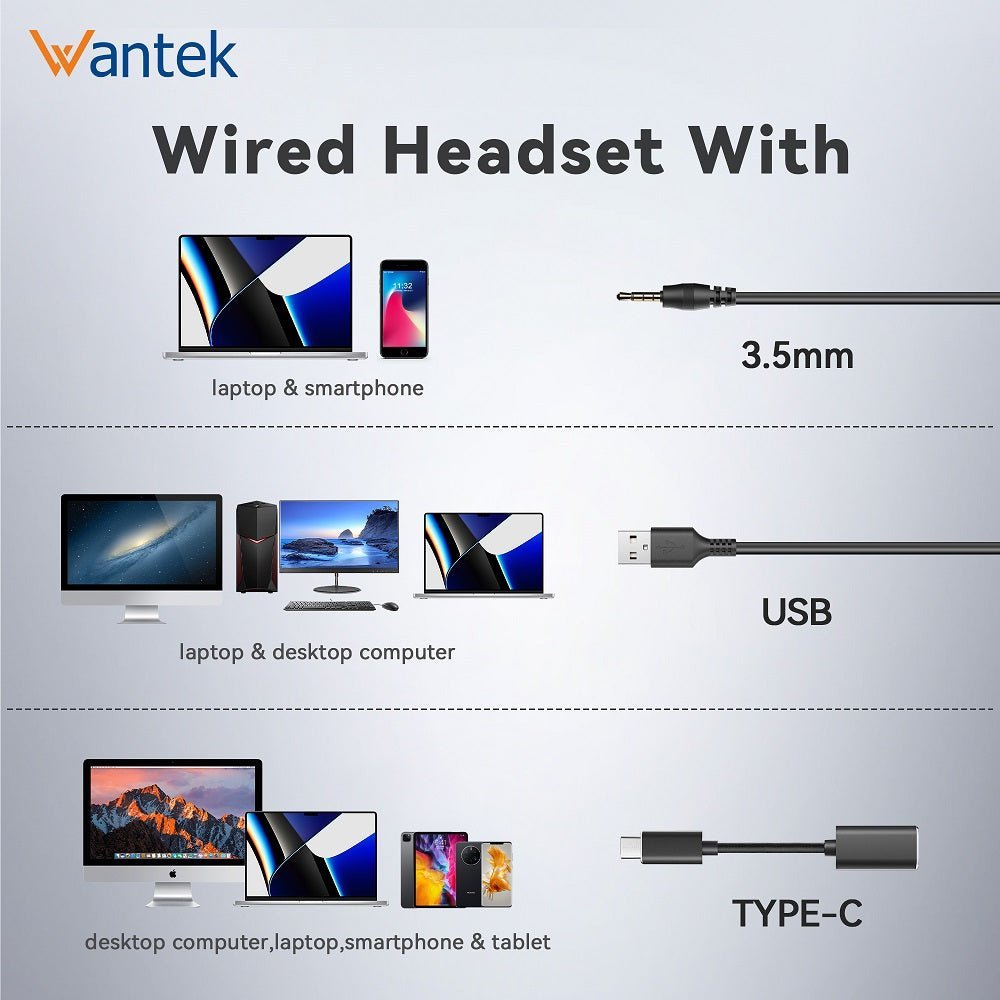Inside This Article:
- The Inevitable Rise of USB C Headphone Jacks
- How USB-C Audio Works: A Digital Revolution
- The Adapter Dilemma: Navigating the Dongle Life
- The Best USB-C Headphones of 2025: Wired for Sound
- Troubleshooting USB-C Audio: Fixes for Common Woes
- The Future of USB-C Audio: What’s Next?
- Frequently Asked Questions
The Inevitable Rise of USB C Headphone Jacks
Gone are the days when every smartphone came with a trusty 3.5mm headphone jack. The shift to USB C headphone jack technology wasn’t just a whim—it was a calculated move toward faster, more versatile connectivity. USB-C isn’t just for charging or data transfer anymore; it’s now the lifeline for audio enthusiasts, casual listeners, and everyone in between.
Why the change? For starters:
- Reversible design: No more fumbling in the dark trying to plug in your headphones.
- Higher bandwidth: Supports high-resolution audio formats like FLAC and DSD.
- Multi-functionality: A single port for charging, audio, and peripherals.
But let’s not sugarcoat it—this transition has been messy. If you’ve ever frantically searched for a USB-C to aux adapter before a flight, you know the struggle.
The Emotional Toll of Progress
Change is hard. Nostalgia for the 3.5mm jack is real, but resistance is futile. The tech industry has spoken: USB-C is the future. And like it or not, we’re all along for the ride.

How USB-C Audio Works: A Digital Revolution
Unlike the analog 3.5mm jack, USB-C delivers audio digitally. This means the heavy lifting—converting digital signals to sound—happens outside your device. Here’s the breakdown:
- Digital Signal Transmission: Your phone sends raw digital audio data through the USB-C port.
- External DAC (Digital-to-Analog Converter): Either your headphones or a USB-C to 3.5mm headphone jack adapter converts the signal to analog sound.
- Output: The converted signal reaches your ears, ideally without distortion or lag.
Source: SoundGuys - "USB Audio and USB Type-C headphones explained
The Pros and Cons of Going Digital
Pros:
- Potential for superior sound quality (if the DAC is good).
- Less interference from internal device components.
Cons:
- Adapters can be flimsy or expensive.
- Not all devices play nice with third-party DACs.
Fun fact: The first commercial DAC was the size of a refrigerator. Today, they fit inside a thumbnail-sized adapter. Progress, huh?
The Adapter Dilemma: Navigating the Dongle Life
If your device lacks a 3.5mm jack, a USB-C to aux adapter is your new essential. But not all adapters are created equal. Here’s what separates the gems from the junk:
The Good, the Bad, and the Tinny
- Budget Adapters ($5–$10): Often use low-quality DACs. Sound quality? Meh. Durability? Questionable.
- Mid-Range ($15–$30): Better shielding, decent DACs. A solid choice for most users.
- Premium ($50+): Audiophile-grade DACs, robust builds. Think: AudioQuest DragonFly.
Pro Tip: If you’re prone to losing adapters (who isn’t?), buy a multipack. Your future self will thank you.
Top Adapter Picks for 2025
- Apple USB-C to 3.5mm Adapter – Works seamlessly across devices, including Android.
- Samsung USB-C Adapter – Affordable, reliable, and widely compatible.
- AudioQuest DragonFly Cobalt – For those who hear the difference between MP3 and lossless.
The Best USB-C Headphones of 2025: Wired for Sound
Why bother with adapters when you can go straight to USB-C headphones? Here’s the cream of the crop:
Over-Ear Excellence
- Sony WH-1000XM5 (USB-C Edition): Noise cancellation so effective, it’s like a mute button for the world.
- Bose QuietComfort Ultra: Plush comfort meets impeccable sound staging.
In-Ear Innovators
- Google Pixel Buds Pro (Wired USB-C): Perfect for Android loyalists.
- Shure AONIC 50 (USB-C Mode): Studio-quality sound on the go.
Wireless vs. Wired: Bluetooth is convenient, but USB-C offers zero latency. Gamers and musicians, take note.
Troubleshooting USB-C Audio: Fixes for Common Woes
“Why Is There No Sound?!”
- Check the Port: Pocket lint loves USB-C ports. Clean it with a toothpick (gently!).
- Adapter Compatibility: Some devices reject third-party adapters. Try a different brand.
- Software Settings: Ensure audio isn’t routed to Bluetooth.
Static or Distortion?
- Cheap adapters often lack shielding. Upgrade or suffer the buzz.
- Try a different app. Some music players handle USB-C audio better than others.
Random Tangent: Did you know the first headphone jack was invented in 1878 for telephone operators? Some things never change.
The Future of USB-C Audio: What’s Next?
Will USB-C audio survive the Bluetooth uprising? Likely. Here’s why:
- Zero Latency: Gamers and musicians won’t tolerate Bluetooth lag.
- No Batteries: Wired means no charging anxiety.
- Rumors of Analog Passthrough: Future USB-C ports might bypass DACs entirely.
Final Thought: The USB-C headphone jack isn’t perfect, but it’s here. Adapt or get left behind. And if you’re still mourning the 3.5mm jack, maybe it’s time to embrace the dongle life—or go wireless. Just remember to charge.
Frequently Asked Questions
1. What is a USB-C headphone jack, and how does it differ from a traditional 3.5mm jack?
A USB-C headphone jack is a digital audio port that uses the USB-C connector for audio output, offering higher sound quality and additional features like noise cancellation and power delivery, unlike the analog 3.5mm jack.
2. Are USB-C headphones compatible with all devices?
USB-C headphones work with devices that have a USB-C port and support audio output, such as modern smartphones, tablets, and laptops. However, older devices without USB-C may require an adapter.
3. What are the advantages of using USB-C headphones over wireless options?
USB-C headphones provide lossless audio quality, no latency, and don’t require charging, making them ideal for audiophiles and gamers who prioritize performance over convenience.
4. Will USB-C replace the 3.5mm headphone jack completely by 2025?
While USB-C is becoming the standard for many devices, some budget and specialty devices may still retain the 3.5mm jack. However, the shift toward USB-C is expected to dominate by 2025.
Ready to Ditch the Dongles? Upgrade to USB-C Perfection Now .
















